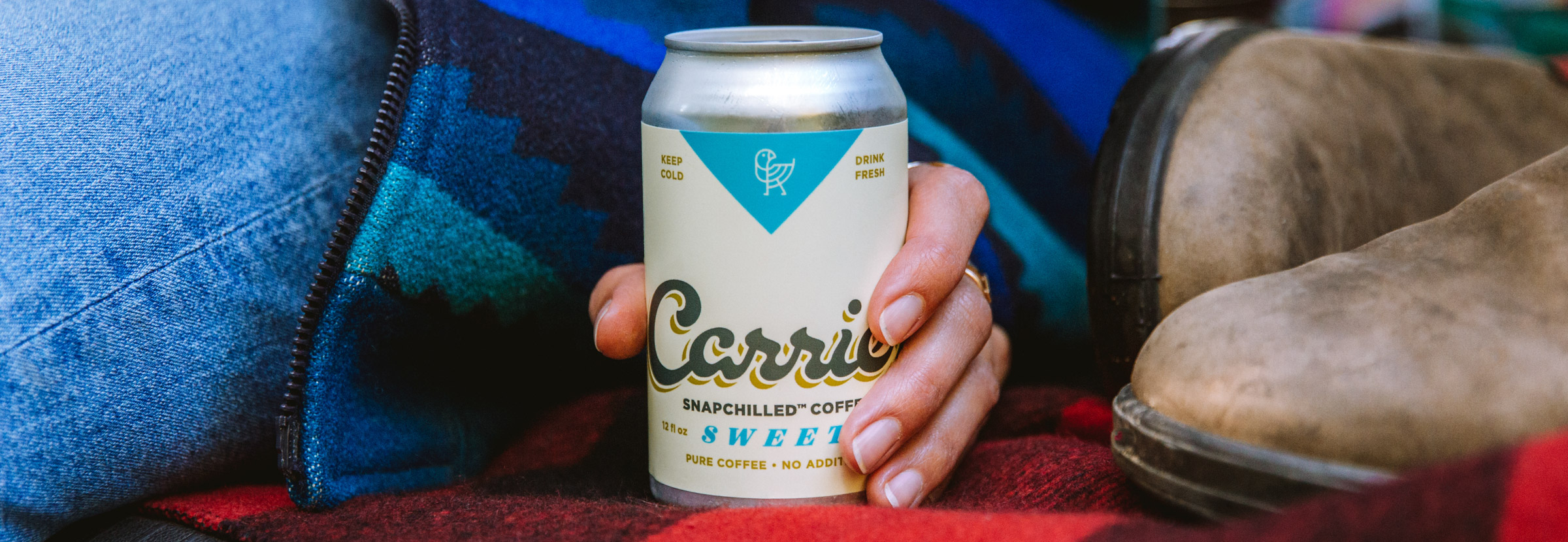How does snapchilling coffee work?
There’s no denying that cold brew is fast becoming one of the most popular coffee shop beverages around the world – especially with younger consumers. In fact, according to Technavio, the value of the global cold brew market is predicted to grow by another US $1.7 billion by 2025.
Within this market lies no shortage of opportunity for roasters to diversify and reach new audiences, particularly with ready-to-drink (RTD) beverages. One of the many ways they can do this is by using new or experimental brewing methods to prepare RTD coffee, like snapchilling.
So, what is snapchilling and how does it work? To find out, I spoke with five industry professionals. Read on to find out what they said.
You may also like our article on how ageing cold brew coffee affects its flavour.
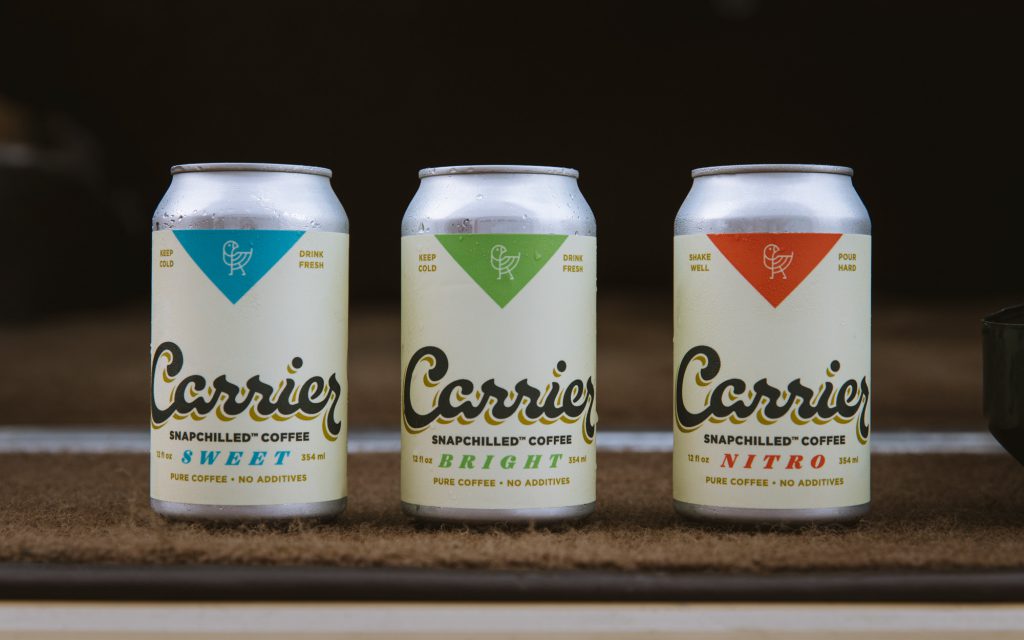
What is snapchilling?
David Dussault is the founder of Snapchill – a company which created a patented and trademarked Snapchill technology. Snapchill owns the rights to the brewing process, meaning coffee businesses interested in making their own snapchilled products need to work exclusively with Snapchill.
David explains how the process works.
“It’s a brewing method used to make freshly prepared cold coffee,” he says. “We brew hot coffee using a 1:16 ratio of coffee to water, then we chill it rapidly without adding any ice.”
Snapchill technology can reduce the temperature of coffee from 60°C (140°F) to 4°C (40°F) in around 60 seconds, and can cool up to 1.8l (16oz) at one time.
Once the coffee is extracted, snapchilling brings the temperature of the coffee down as low -23°C (-10°F). This is done using an evaporator coil, which works similarly to air conditioning units.
Stephen Hall is a co-founder of Tinker Coffee in Indiana, US. He explains that snapchilled coffee is different to cold brew.
“It’s not the same as cold brew because it’s brewed hot, [whereas cold brew is extracted at room temperature or below],” he says. “Snapchilling coffee preserves more fruity and floral notes than cold brew.”
He tells me about the first time he experienced snapchilled coffee.
“I had never tasted a cold coffee product that had as many flavours and aromas preserved as a hot brewed coffee,” he says. “Preparing hot coffee and then quickly cooling it down was something that we were interested in, but we couldn’t figure out how to do it at scale in an energy-efficient way.
“Snapchill’s technology helped us to achieve this,” he adds.
As the coffee is brewed hot, its full range of flavours, aromas, oils, acids, and sugars are extracted. This is similar to the flash brew process, which involves brewing hot coffee over ice to quickly cool it down.

Why would coffee brands be interested in snapchilling their coffee?
Today, cold coffee beverages are becoming increasingly popular with many consumers around the world. In 2021, Starbucks reported that cold beverages account for around three-quarters of its total drinks sales. And while cold brew is certainly one of these beverages, there is a growing need to innovate and differentiate within this segment
Firstly, David highlights how the Snapchill process is much quicker than preparing cold brew, which could be beneficial for many busy coffee shops.
“A typical cold brew recipe involves extracting ground coffee in room temperature or colder water for up to 24 hours,” he says. “By contrast, snapchilling can brew and chill coffee in around ten minutes, and can also package it, too.”
Additionally, snapchilling has the ability to extract more of a coffee’s flavour profile than cold brew. Typically, cold brew has less acidity and more chocolate notes than other brewing methods.
Ryan Vaxmonsky is the owner of Evermore Coffee in New Jersey, US.
“Snapchilled coffee has more fruity notes and more pronounced acidity, unlike cold brew,” he says.
Matt Borg is a co-owner of Carrier Roasting Company, in Vermont, US. He agrees that snapchilled coffee can have a different flavour profile to cold brew.
“Snapchilling can avoid what we may consider as cold brew’s pitfalls,” he says. “You can carefully dial in to extract the hot coffee, which can result in a more complex flavour profile.
“In comparison, cold brew has a smooth mouthfeel, but [the flavours are sometimes not as vibrant],” he adds. “What’s more, snapchilling also requires less ground coffee per litre than cold brew.”
Matt also tells me that snapchilled coffee can be flushed with nitrogen to produce a different texture to the drink.
“Snapchilled coffee can be immediately flushed with nitrogen and packaged once brewed to avoid any oxidation,” he explains.
Stephen also says that the Snapchill process allows him to carry out smaller production runs than other brewing methods. In turn, he says this means he can experiment more with different coffees.
“We typically use washed Ethiopian coffees because snapchilling really compliments this type of coffee,” he tells me. “But recently we used a natural Costa Rican that tasted great.”
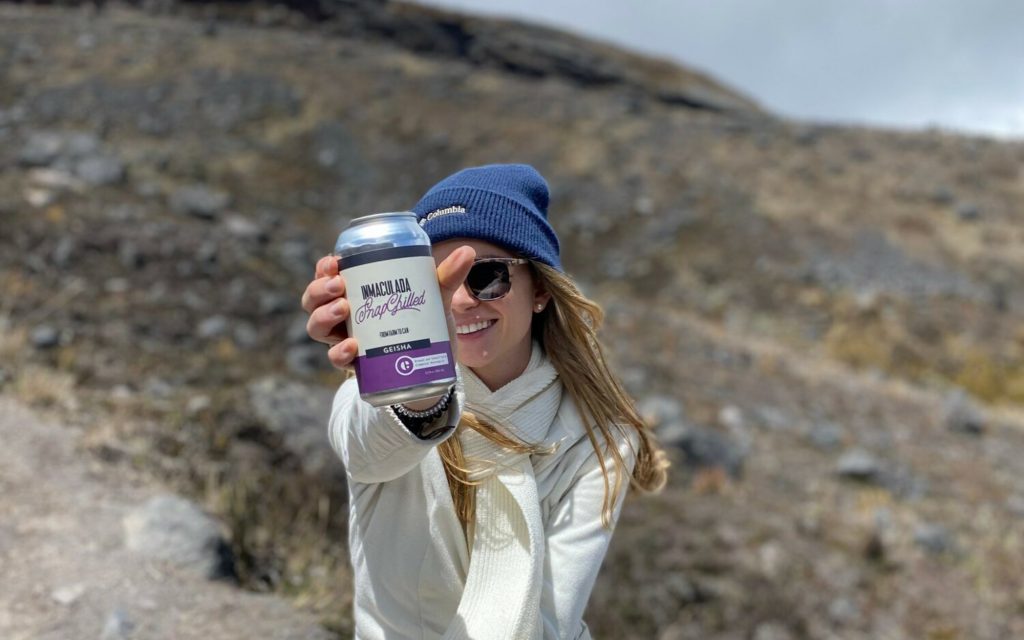
Is there potential for the market to grow?
While there is little information available about the emerging global snapchilled coffee market, many roasters and coffee businesses who sell the product expect it to become more popular.
Ryanne Hodson is a co-owner of Broad Porch Coffee in Virginia, US. She tells me how the growth of the RTD coffee market could certainly encourage demand for snapchilled coffee to grow.
“The RTD cold coffee market has exploded in the last few years,” she says. “Many grocery stores around the world now carry these products, which provides us with an opportunity to provide more grab-and-go coffee beverages for our customers.
“It could be a huge market for small-batch roasters,” she adds.
Stephen believes that snapchilling coffee could becoming increasingly popular and come to eventually rival the cold brew market – although this could take many years.
“I think demand for snapchilled coffee will increase alongside the rising demand for RTD coffee,” he says. “The sensory experience of snapchilled coffee is different from the more traditional flavour profiles of cold brew.
“However, there will always be people who prefer the chocolate notes and toned-down acidity in classic cold brew,” he says.
To support market growth, Matt says roasters need to educate customers on the differences between cold brew and snapchilled coffee so that they can make more informed choices.
“As awareness of snapchilling grows, we’ll start to see higher demand for cold canned coffee,” he explains. “We need to communicate how the product is different from cold brew, as cold brew has a strong presence in the coffee market [and some people may expect similar flavour profiles].”
Ryan agrees, saying: “A lot of our customers weren’t aware of the differences between cold brew and snapchilled coffee.
“Even after providing an explanation, some still wanted cold brew because they are more familiar with it,” he adds.
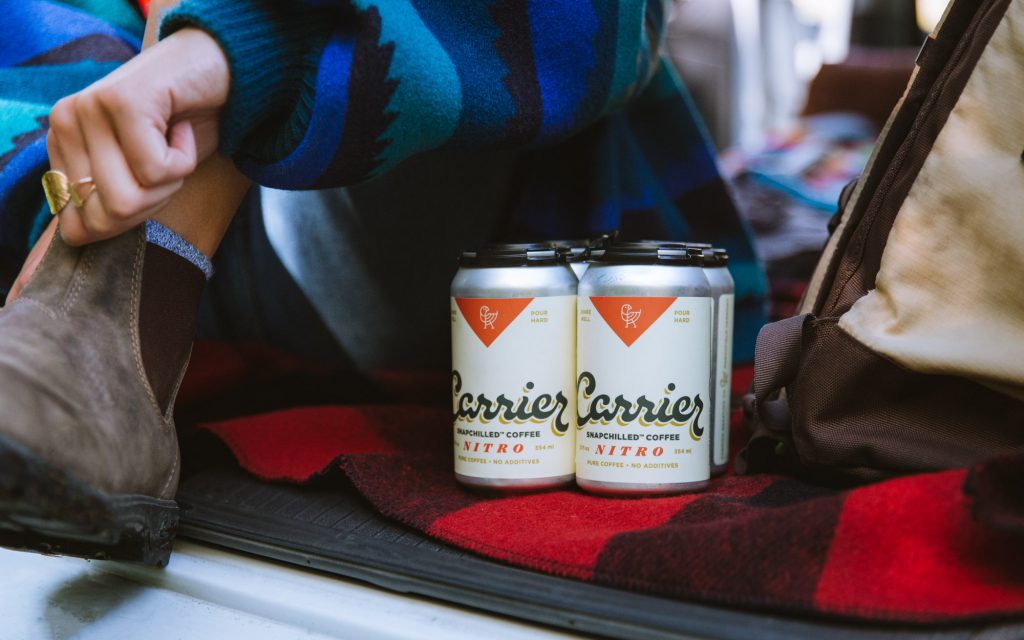
Other considerations
If a roaster or coffee business decides to sell snapchilled coffee, there are certainly some factors to bear in mind. The first thing to consider is the fact that Snapchill technology is patented and trademarked, and that the rights to the process are owned by the brand.
As for other considerations, Matt says that because Snapchill technology can preserve more of the coffee’s innate qualities, dark roasted coffees may not work as well as light or medium roast profiles.
As the drink is a RTD coffee product, it typically comes in cans or bottles. To avoid any issues with storage space – particularly for coffee businesses which operate smaller locations – Stephen recommends ensuring you have enough chilled storage space to keep up with demand.
Although shipping could be a concern, David tells me that the patented Snapchill process now includes pasteurisation – prolonging shelf life for up to a year. Effectively, this eliminates the need for refrigerated shipping, making it easier for roasters and coffee shops to sell snapchilled coffee.
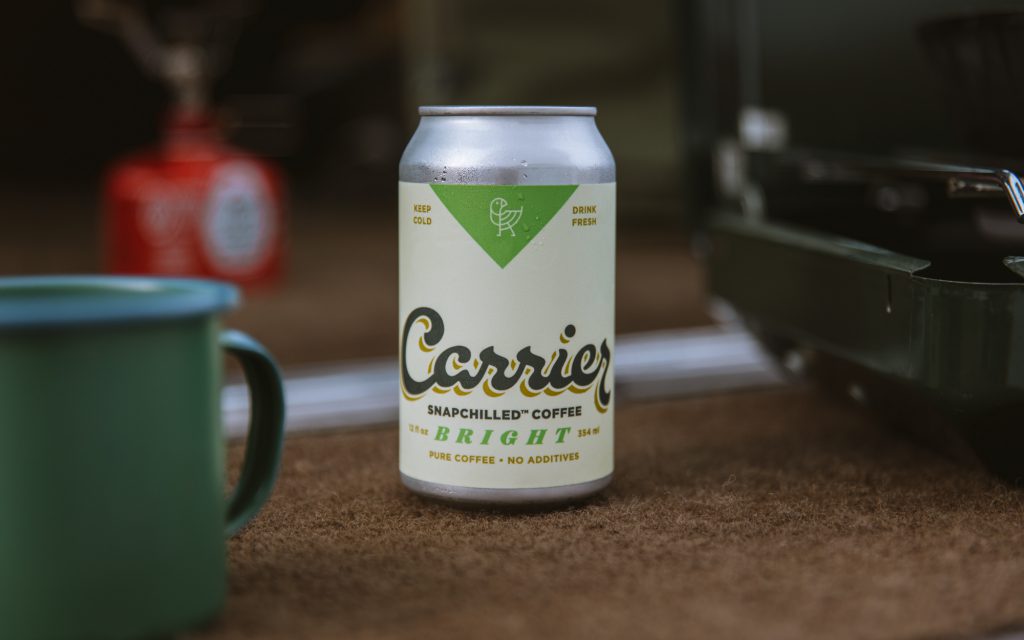
The higher levels of acidity and vibrant flavours in snapchilled coffee can offer a new sensory experience to other beverages like cold brew. Considering this, it certainly has potential to become more popular in the coffee sector.
However, it doesn’t come without its challenges. Roasters and coffee businesses interested in selling snapchilled coffee need to understand how the process works, which means they also need to know which coffees they should use and how they’re going to prepare and ship the product.
Whether or not this innovative technology will take the cold coffee segment by storm remains to be seen.
Enjoyed this? Then read our article on flash brew coffee.
Photo credits: Carrier Roasting, Snapchill, Inmaculada Chilled Coffee
Perfect Daily Grind
Want to read more articles like this? Sign up for our newsletter!

